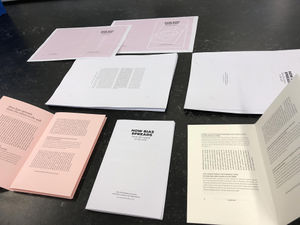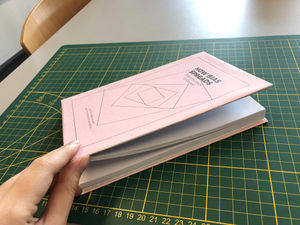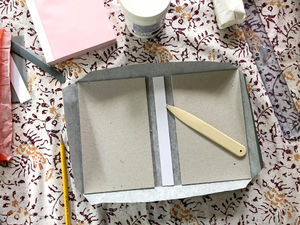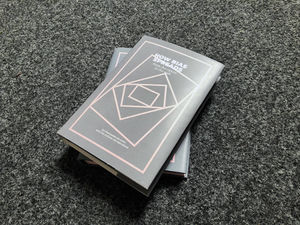User:Tash/Special Issue 05
Reflections on Book Scanning: A Feminist Reader
Key questions:
- How to use feminist methodologies as tool to unravel the known / unknown history of book scanning?
- What is lost and what is gained when we scan / digitize a book?
- What culture do we reproduce when we scan?
The last question became the focus of my individual research this trimester. Both my reader and my script are critiques on the way human bias can multiply from medium to medium, especially when the power structures that regulate them remain unchallenged and when knowledge spaces present themselves as universal or immediate.
My research
Key topics:
- How existing online libraries like Google Books select, structure and use literary works
- The human bias in all technological processes, algorithms and media
- Gender and power structures in language, and especially the written word
- Women's underrepresentation in science, technology and literature
- The politics of transparency and seamlessness of digital interfaces
- The male-dominated canon and Western-centric systems of knowledge production and regulation
Being a writer myself, I wanted to explore a feminist critique on the literary canon - on who is included and excluded when it comes to the written world. The documentary on Google Books and the World Brain also sparked questions on who is controlling these processes, and to what end? Technology is not neutral, even less so than science is, as it is primarily concerned with the creation of artefacts. In book scanning (largely seen as the ultimate means of compiling the entirety of human knowledge) it is still people who write the code, select the books to scan and design the interfaces to access them. To separate this labour from its results is to overlook much of the social and political aspect of knowledge production.
As such, my reader questions how human biases and cultural blind spots are transferred from the page to the screen, as companies like Google turn books into databases, bags of words into training sets, and use them in ways we don't all know about. The conclusion is, that if we want to build more inclusive and unbiased knowledge spaces, we have to be more critical of the politics of selection, and as Johanna Drucker said, "call attention to the made-ness of knowledge."
Final list of works included
On the books we upload
- The Book: Its Past, Its Future: An Interview with Roger Chartier
- Webs of Feminist Knowledge Online by Sanne Koevoets
On the canon which excludes
- Feminist Challenges to the Literary Canon by Lillian Robinson
- I am a Woman Writer, I am a Western Writer: An Interview with Ursula Le Guin
- Merekam Perempuan Penulis Dalam Sejarah Kesusastraan: Wawancara dengan Melani Budianta
- Linguistic Sexism and Feminist Linguistic Activism by Anne Pauwels
On what the surface hides
- Windows and Mirrors: The Myth of Transparency by Jay Bolter and Diane Gromala
- Performative Reality and Theoretical Approaches to Interface by Johanna Drucker
- On Being Included by Sara Ahmed
To see my Zotero library: click here
Design & Production
The design of my reader was inspired by the following feminist methodologies:
- Situated knowledges
The format we chose for the whole reader (each of us making our own unique chapter) reflects the idea that knowledge is inextricable from its context: its author, their worldview, their intentions. This is also the reason why I chose to include a small biography of myself, and to weave my own personal views and annotations throughout the content of my reader.
- Performative materiality
The diverse formats, materials and designs of all of our readers also means that the scanning process will never be the same twice. It becomes more performative, as decisions will have to be made like which reader to scan first? In which direction (as some text is laid out in different angles)? What will be left out, what will be kept? Again we ask the audience to pay more attention to who is scanning and how things are being scanned.
- Intersectional feminism
My reader also includes an article written in Indonesian. As an Indonesian artist I am always aware of how Western my education is and has been. I wanted to comment on the fact that a huge percentage of the books that have been scanned today are of Anglo-American origin.
- Diversity in works
9 out of the 13 authors/interview subjects in my reader are women. I learnt how important and revealing citation lists can be.
As my subject was the literary canon, I decided to design my reader as a traditional hardcover book. I set up the layout following Jan Tschichold's rules of style. Within these typical forms, I decided to make untypical choices, like the use of pink paper and setting all of my annotations on a 90 degree angle. The graphic image on the dust cover was designed to evoke the mutation of media, from page to screen and back.





